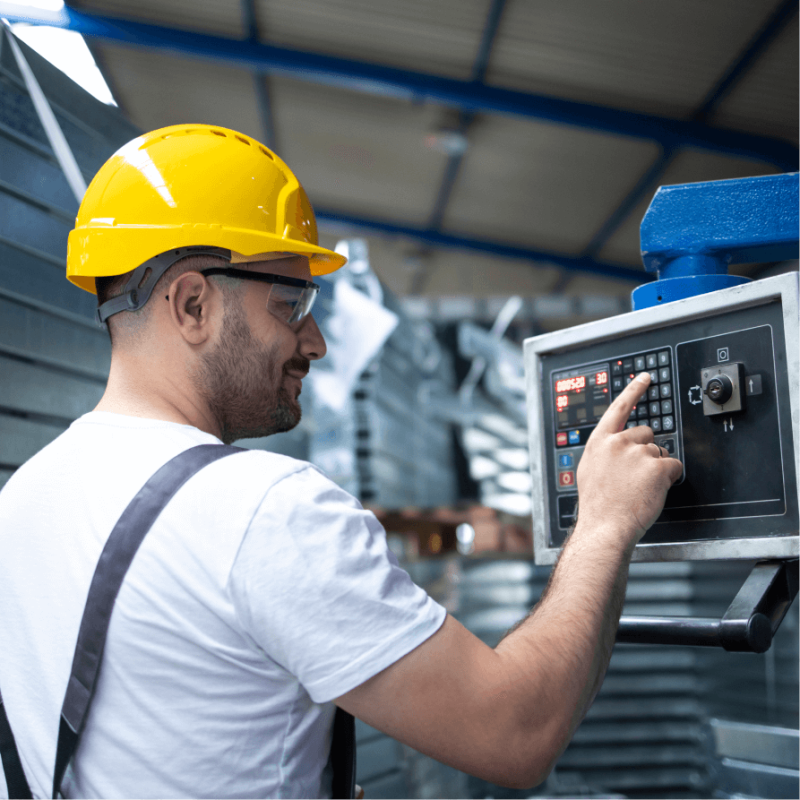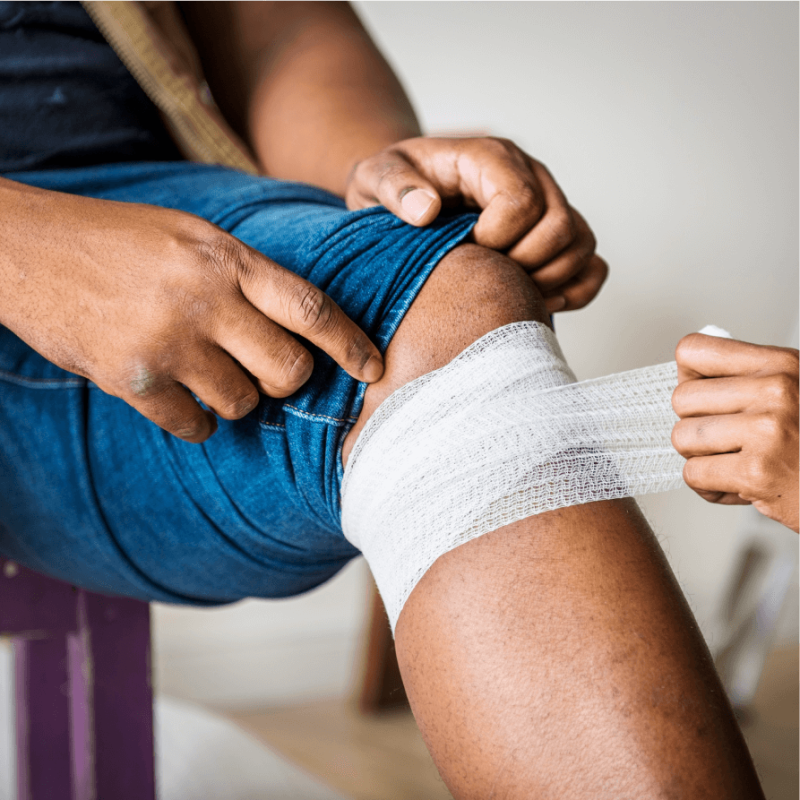Machine Safeguarding
Machinery safeguarding is a critical component of workplace safety.
Machinery safeguarding is a critical component of workplace safety.
So, what are the legal requirements when it comes to machine guarding?
Simply put, all machines must be safeguarded to prevent access by operators or passersby, to dangerous areas of the machine. For example, moving parts of the machine, or parts that are hot or cold.
Typical dangers associated with machinery include:
Machine parts that typically require guarding include:
Typical injuries from unguarded machines may include:
Guards must be:

Failure to comply with these requirements (like any other workplace hazards that lead to injury or death) can result in criminal prosecution against Directors or other Senior Officers of the organisation.
This includes those who had the power/authority to identify and control the hazard in the first place. Most states have now introduced Industrial Manslaughter legislation that carries a penalty of up to 27 years in jail in some States for an individual or a $19.23 million fine for a body corporate.
Each year over 130,000 workers are seriously injured. Most of these injuries or accidents could have been avoided if organisations had taken the time to see where their safety gaps were.
The following tips will help ensure your machine guarding is safe.


In November 2020, an 18-year-old girl working on a fruit sorting line had her entire scalp ripped from her head by the plant. Her hair became caught in an unguarded sprocket drive chain on the underside of the elevator conveyor, as she went to clean dropped fruit.
Surgical attempts to reattach her scalp were only partially successful; she continues to suffer from the psychological effects of the incident and her ongoing disability and disfigurement. The company was convicted of two failings, one being “Lack of guarded machinery”.
Inadequate guarding of machinery is responsible for many injuries, permanent disfigurement, and deaths in the workplace each year. That’s why the government has imposes strict regulations with severe penalties and even jail time for breaches.
The above case is a tragic example of the shock, trauma, ongoing pain, and disfigurement that can be caused in an instant, by inadequate and non-compliant machine guarding. Machine guarding and safety is of the utmost importance.
Often the best way to ensure your machinery is safely guarded is to conduct an audit against machine guarding Standard AS 4024 Safeguarding of Machinery. This requires extensive engineering and safety expertise. Your Safety Partners have expert consultants that specialise in this area and are considered the best in the country.
We have conducted thousands of machine guarding audits and pride ourselves on not only identifying the hazards but also providing practical solutions that we can help you implement.

Each year over 130,000 workers are seriously injured. Most of these injuries or accidents could have been avoided if organisations had taken the time to see where their safety gaps were.
We conduct safety audits to ensure all machinery is adequately safeguarded, identifying potential hazards and compliance gaps.
We help businesses achieve compliance by assessing machinery against safety standards, ensuring that all legal safeguarding requirements are met.
Our team provides risk scores that highlight areas of concern, allowing businesses to implement targeted safety improvements for machinery safeguarding.
In Australia, machinery must be safeguarded to prevent access to dangerous areas, such as moving parts or hot surfaces, which could cause injury.
Legally, machines need guards that prevent contact with hazardous parts, withstand the impact, and cannot be easily bypassed or disabled.
Failure to comply with these requirements can result in severe penalties, including fines of up to $19.23 million for corporations and up to 27 years in jail for individuals responsible.
Common hazards of unguarded machinery include shear points, flying ejected parts, and moving parts that can cut, entangle, or draw individuals into the machine.
Injuries from these hazards can range from cuts and lacerations to crushing, entanglement, and even fatalities.
To mitigate these risks, it is crucial to conduct thorough machine safeguarding audits and ensure compliance with Australian standards like AS 4024 for machinery safety.
Machine safeguarding is vital because it protects workers from serious injuries and fatalities.
In 2022, machinery operators and drivers had the highest rate of worker fatalities in Australia, accounting for 38% of all workplace deaths, with a fatality rate of 8.4 per 100,000 workers.
Effective safeguarding not only helps prevent these incidents but also ensures compliance with safety regulations, reducing the risk of legal consequences for businesses.
Your Safety Partners provides expert consultations to assess machine safeguarding needs, identify hazards, and implement practical solutions.
Our team conducts audits against the AS 4024 Safeguarding of Machinery standard, delivering comprehensive reports with actionable recommendations.
We help businesses enhance their safety protocols, reduce risks, and achieve compliance with Australian safety regulations, ultimately protecting both workers and the company.
Machine safeguarding is critical for preventing workplace injuries and fatalities, particularly in high-risk industries.
In 2022, machinery operators and drivers represented 38% of all worker fatalities, highlighting the high risk associated with operating industrial equipment.
Machinery operators and drivers had the highest fatality rate at 8.4 per 100,000 workers, much higher than other occupations.
A significant 71% of machine-related fatalities in 2022 occurred in the transport, postal, warehousing, agriculture, forestry, fishing, and construction industries.
Book your free one hour on site safety consultation
A workplace safety consultant can also ensure the owners and managers of businesses meet their safety compliance requirements. This helps protect them from compensation or legal costs.
Tyrepower has had an ongoing relationship with YSP and John Tregambe for last four years. John and the team at YSP assisted Tyrepower on a number of projects over this time, including the total updating and re-launch of the Tyrepower safety management system of our stores and offices. When you need any service, we go straight to YSP.
Former Education and Development Manager (Tyrepower Australia and New Zealand)
Your Safety Partners are like having a team of in-house safety experts. They are extremely responsive, can support or run a complete GAP analysis, design tailored relevant solutions to suit your business quickly and then help you implement them, including training any third parties. All boxes ticked!
Risk and Compliance Manager Hazeldenes